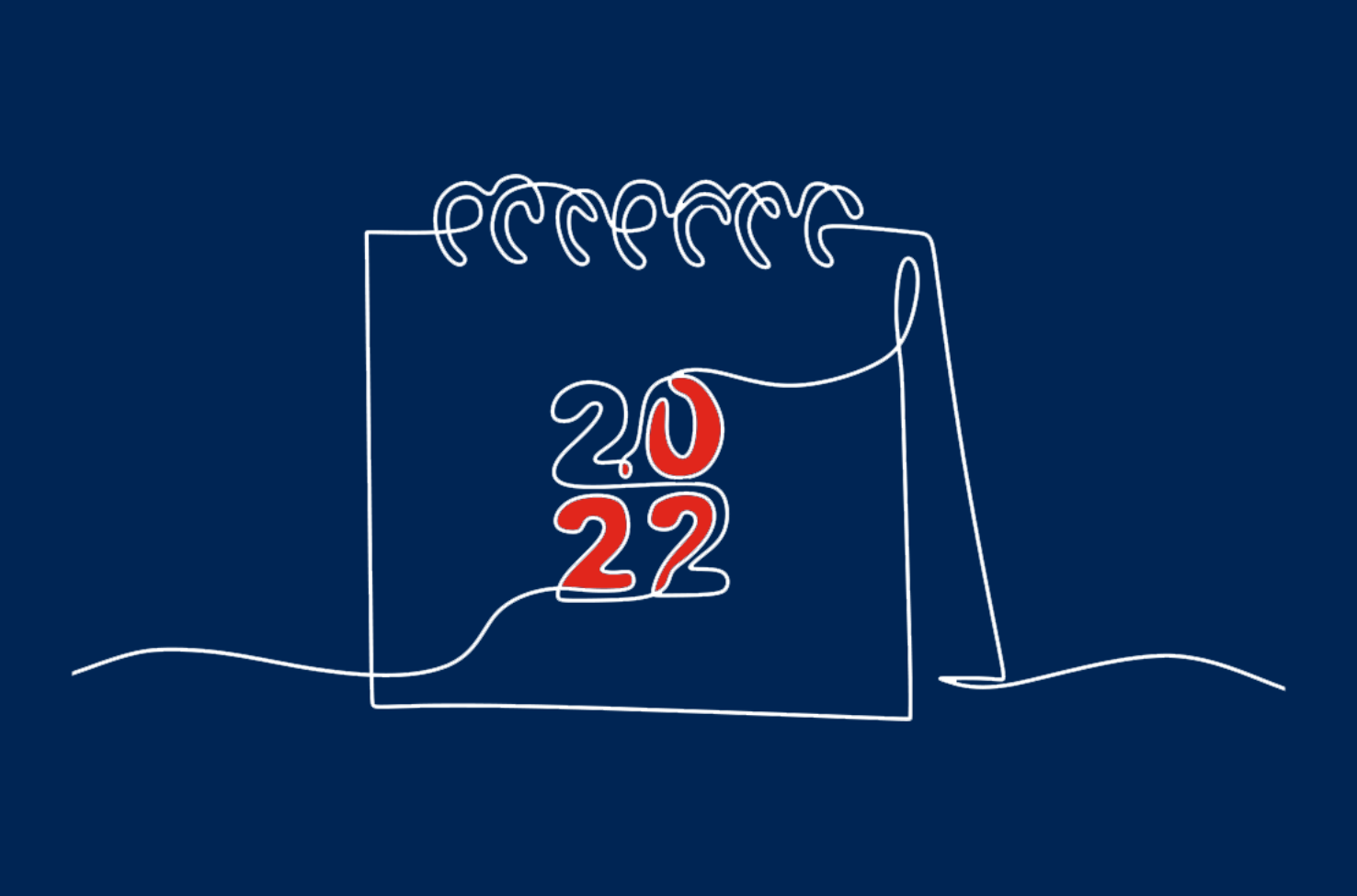Pre Tax Year End Planning – Use It Or Lose It!

As the end of the tax year approaches, we consider below some ideas and actions you may want to take before the 5th April 2022.
If some of these reliefs/exemptions are not taken advantage of, there is no opportunity to do so after the tax year end – it’s a case of use or lose it…so it’s important to consider if any action is needed and take advantage of what’s available before the end of the current tax year.
1. Maximise free government money
Whether it’s your pension, your Lifetime ISA or ensuring you claim tax breaks that you are eligible for, it’s important to get as much free government cash as you are entitled to.
- Pensions - Pensions benefit from tax relief at 20% for basic rate taxpayers, but higher and additional rate taxpayers can reclaim an additional 20% or 25% tax relief respectively through their tax return. That means for a basic rate taxpayer every £1 in your pension only costs you 80p, and for a higher rate taxpayer every £1 in your pension only costs you 60p.
See below on tax traps that pensions can help mitigate!
- ISA’s - Anyone using a Lifetime ISA can also get up to £1,000 of free money from the government each year if you put in the maximum £4,000 contribution, bearing in mind that the age restriction to open a Lifetime ISA is 18-39 years.
Just be aware that you can withdraw Lifetime ISA money once you’ve reached age 60 or earlier to buy your first property, but if you take the money out for any other reason (apart from severe ill health) there is an exit penalty of 25%.
Ideal to assist the children with building a pot for a property deposit!
2. Use your ISA and pension annual allowances
ISAs and pensions are a great way to save for the future because any income and capital gains made on investments held in both are free from income tax and capital gains tax.
Everyone over the age of 16 can save £20,000 each year in a cash ISA and anyone over the age of 18 can save the same amount in a Stocks and Shares ISA. Those aged 18 to 39 can open a Lifetime ISA and save up to £4,000 each year.
The crucial thing with ISAs is if you do not use all the allowance, it cannot be carried forward to future tax years, so you lose it for good. Investors with spare money that plan to save and have any unused ISA allowance for this year should consider using it before the 5th April deadline.
The pension annual allowance for this tax year is £40,000 or 100% of earnings if that is lower - this includes both contributions made by you and your employer. The annual allowance can be carried forward for up to three years, so investors should consider whether they have made as much use of their pension annual allowance as possible ahead of the end of the tax year. Note that anyone with a very high income or who has already started to take taxable income from their pension will have a restricted annual pension limit.
If you want to carry forward any previously unused pension allowance, you will only get tax relief on personal contributions up to 100% of your earnings for that year.
People with no earnings (including children) can still save up to £3,600 a year in a pension. This means, for example, that parents or grandparents can make contributions for their children/grandchildren – up to £2,880 net, and the Government tops this up to £3,600. See below for further details on saving for your children.
3. Use your capital gains allowance to cut your future tax bill
Any investments held outside an ISA or pension will be subject to capital gains tax (CGT), which means the annual tax-free allowance is very valuable. Investors can make investment gains of up to £12,300 in 2021-22 without paying any tax.
The annual capital gains tax-free allowance cannot be carried forward into future years so if you do not use it, you will lose it. If you have investments with gains outside of an ISA or pension, you should consider realising some of that gain before the end of the tax year to make the most of your tax-free allowance.
If you’re a married couple (or civil partners) you can get double this allowance as you can transfer investments to your spouse (civil partner) to use their annual CGT allowance too. This means that for the current tax year you can lock in up to £24,600 of gains before you face any tax.
4. Set up regular investing – to take the hassle out of saving
Lots of people have a to-do list as long as their arm, meaning there is inevitably stuff you don’t get around to doing. But if you set up regular investing that ticks something off and takes the hassle out of remembering to save money each month.
Monthly investing is also less risky as you take advantage of what is called pound cost averaging – by averaging the price you pay for units of investment, any sharp movements in stock markets are “averaged” out.
5. Tackle the inflation issue
Inflation is most savers’ biggest worry at the moment, with the Bank of England expecting it to peak in April at 7.25%, and it’s not just a flash in the pan - the Bank is predicting it will still be above 5% in a year’s time.
Alongside that, interest rates are still very low despite two increases in the base rate from the Bank. That means any money held in cash is not keeping pace with inflation, so its spending power is reducing. In effect, leaving money in cash is now losing you money each year as inflation eats away at it. Around two-thirds of new subscriptions to ISAs are in cash, showing lots of people choose to stick to cash rather than invest it.
While cash is a great place for short-term savings or money you need quick access to, it’s not ideal for long-term savings. Work out what you need in the next five years or as an emergency pot, and see how that stacks up against the amount you’ve got in cash. If you’ve got more than that set aside, think about investing it to generate a potentially higher return.
6. Avoid getting caught in a tax trap
The tax-free personal allowance for most people is currently £12,570. When your taxable income reaches £100,000, your personal allowance is cut by £1 for every £2 of your income, which means you lose it completely once your income reaches £125,140.
For example, someone who gets a pay rise from £100,000 to £110,000 will lose £5,000 of their personal allowance. They will be taxed at the normal 40% income tax on their pay rise, amounting to £4,000, and then taxed at 40% on their lost personal allowance, amounting to £2,000. This means they pay £6,000 on the £10,000 pay rise – an effective tax rate of 60%.
If you are in this position, you could consider reducing your taxable income so that it falls below the £100,000 level where the personal allowance starts to be eroded. There are two ways you can do this: by making charity donations or contributing to a pension.
By contributing to a pension, you are making tax savings in the form of getting your personal allowance back whilst also saving for your future and benefiting from pension tax relief at 40%, so you wipe out the 60% effective tax rate completely. In the example above, a £10,000 pension contribution will only cost you £4,000 after tax – 60% tax relief on your contribution!!
7. Don’t miss out on child benefit
In a similar way as above, people will start to lose their child benefit when either one of a household earns more than £50,000 – and the benefit will be wiped out entirely when they hit £60,000. The frustrating factor for many parents is that the rule applies if one parent is earning more than £50,000, regardless of their partner’s income. You could have both parents earning £48,000 each and have no problem, but if one earns nothing and the other earns £60,000, you’ll lose the benefit.
A parent with two children will get £1,828 a year in child benefit, but for every £1,000 they earn over £50,000 they will lose 10% of their child benefit – so someone earning £51,000 will lose £183.
However, parents who have just tipped over the threshold can get around this by increasing their pension contributions. What’s counted for the purposes of the child benefit high income charge is your salary after any pension deductions. This means if you contribute enough to your pension to get your salary back to £49,999 then you’ll get the full child benefit again. So with 40% tax relief on the pension contribution plus the recovery of child benefit, the effective tax relief rate on the pension is circa 58^%, so well worth considering!
8. Start saving for your children
Like adults, children also have tax allowances that can be used each year. The Junior ISA allowance is now a very generous £9,000 a year which means that, if you have spare cash, you can start building a very healthy fund for your children’s future. They won’t be able to access the money until they are 18, at which point it automatically turns into a normal ISA and transfers into their name, giving them full access.
If you contribute the maximum of £9,000 each year and achieved a 5% investment return after charges each year, the pot would be worth almost £266,000 by the time your child turns 18. If they don’t touch the fund and don’t pay any more into it, the pot would hit £1m by the time they turn 46.
For many families, putting the full £9,000 into the pot isn’t realistic - particularly if you have more than one child. But even a more modest £50 a month, earning 5% returns a year, would give your child a £16,000 present on their 18th birthday.
As mentioned above, you can also pay up to £2,880 into a Junior SIPP (pension) each year, with government tax relief automatically boosting that to £3,600. Your child will not be able to access the money until they are at least age 57 (maybe later if the government increases the age limit), which means there’s plenty of time for them to benefit from compound investment returns.
If you paid in the maximum each year until your child turns 18 and they don’t contribute anything else, assuming 5% investment returns each year after charges, the pot would be worth £713,000 by the time they turn 57 or just over £1.1m by the time they hit the current state pension age of 66.
9. Inheritance Tax (IHT) Annual exemption
One of the most straightforward ways to support family members is to give away assets while you are still alive. This can be done in a manner that minimises IHT for loved ones. The IHT annual exemption allows individuals to give away £3,000 per tax year. If you haven’t used the exemption in the previous tax year, you can use that as well. This means that a married couple could give away up to £12,000 this tax year and a further £6,000 after 06/04/2022, and then £6,000 each tax year thereafter – so don’t allow the opportunity to go to waste and make the gifts prior to 05/04/2022!
Check out this flyer all about it: /upload/files/End%20of%20Tax%20Year%20PDF_TPC_v3%20(003).pdf
If you require any further help with any of the above or want to discuss anything about your personal financial planning or wealth management, please feel free to contact me at paul.dell@raffingers.co.uk or click here.

